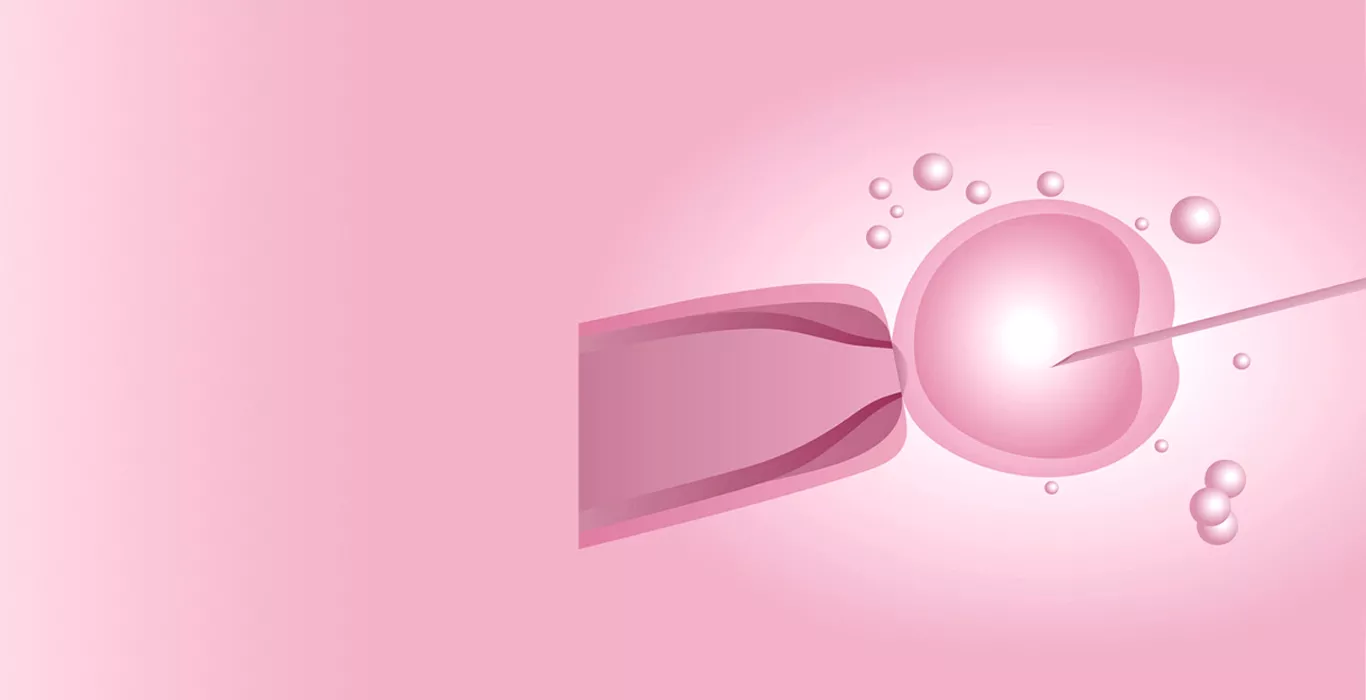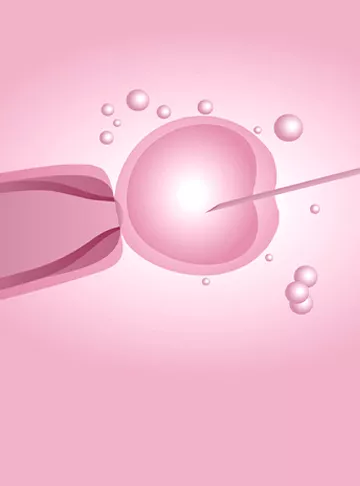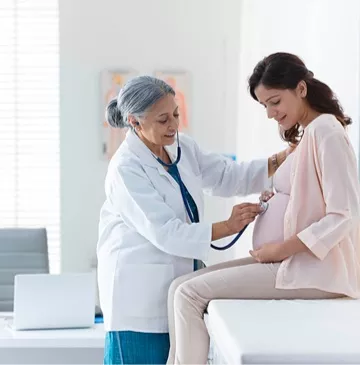Main navigation
- Infertility Treatment
- IVF Centers
- About Infertility
- Resources
- About us
- CSR
- Contact us


EGG DONATION PROCESS
Egg Donation Process in IVF-
Once all the checks and admission examinations have been carried out and the woman is physically and psychologically ready, the sampling can begin.
The egg donation process is divided into 2 main parts:
1. Ovarian Stimulation-
During a natural cycle, only one egg matures. The donor therefore receives hormonal treatment to stimulate the maturation of several oocytes. This treatment will be administered by the donor herself in the form of subcutaneous injections for a period of approximately 6 to 12 days.
2. Follicular Puncture-
This is the surgical procedure by which the oocytes are removed that lasts about 20-30 minutes, performed under light anaesthesia. It is performed trans-vaginally and guided by ultrasound.
What is the process of Donating Eggs?
Below are the steps to follow for Egg Donation Procedure -
1. Hormone therapy for Ovarian Stimulation
- A woman is born with a reserve of approximate 500,000 immature eggs. Every month from puberty, several of them begin to develop, but only one of them reaches the final stage of maturation. The others degenerate.
- This is how, a woman releases a mature oocyte at each menstrual cycle naturally.
- With the hormonal treatment administered, the ovaries are stimulated so that all the oocytes that have begun to develop can mature without degenerating. Thus, more than one mature egg can be obtained in the same cycle.
- Drugs for stimulation of the ovary are administered by subcutaneous injections.
- Hormones, specifically gonadotropins, follicle stimulating hormone (FSH) and / or luteinizing hormone (LH), promote the production and growth of eggs.
- GnRH analogues are also given to control hormone levels better and prevent spontaneous ovulation from occurring, which would cause the cycle to be cancelled.
- The exact protocol of this treatment will vary according to the conditions of each donor and the characteristics of her menstrual cycle.
- The donor will follow the doctor's prescription from the first day of her period, that is, the first day of the menstrual cycle, until the moment marked by the specialist. She is told how to administer the medication so that she no longer has doubts, and the treatment is more effective.
- The duration of treatment usually does not exceed 10-12 days
2. Hormonal treatment injection for Egg Donation Process-
For the duration of the hormonal stimulation, the donor goes to the clinic approximately every 2 days to perform the necessary ultrasound and analytical checks:
1. Estrogen Level-
As the oocytes mature, the release of estrogen increases. This is why their level increases in the blood of the donor.
2. Follicle Size-
- As the oocyte grows and matures, the follicle increases in volume.
- When the follicle reaches approximately 16-18 mm, it indicates that ovulation is near, i.e., the oocytes are mature and ready to be collected.
- With the help of these analyses, the specialist studies the development of the ovary, to determine the moment of maturation of the oocytes.
- To retrieve them, the puncture is programmed to perform it before ovulation occurs naturally.
3. Follicular Puncture-
- Follicular puncture or ovarian puncture is the surgical procedure by which oocytes are removed. It is performed under general anaesthesia and lasts about 20-30 minutes.
- The fluid inside the follicles, which contains the egg, is drawn into a syringe through an ultrasound-guided puncture.
- Aspiration is done through the vagina. Thus, the donor will not keep any scars from the procedure.
- She will need a short recovery time in the recovery room, after which she can go home on her own. She may feel a slight discomfort but waking up will not be painful.
- Once at home, the donor can return to a normal life, but she is advised not to make great efforts during the first few days. About two weeks after the puncture, the cycle will start again as usual with the return of menstruation.
This is the egg donor process step by step.
What will happen to my eggs in the Egg Donation Procedure?
The donated eggs will be used as part of the treatment of a woman who needs to become a mother with Donor Eggs.
Patients are assigned a donor based on their immunological compatibility and physical characteristics.
- In the case of fresh egg donation, it will be necessary to synchronize the hormonal cycles of the donor and the recipient.
- If the eggs are going to be vitrified (frozen) and stored in an egg bank for later use, it will not be necessary to coordinate the recipient and donor cycles.
What are the risks for the Donor?
- Even if the donor egg IVF process is safe and usually does not present complications, it is essential that the donor is fully informed of the possible dangers that may nevertheless ensue.
- Among the most certain risks is Ovarian hyper stimulation syndrome (OHSS) which is actually an excessive response to hormonal ovarian stimulation therapy. This can lead to dizziness, nausea, disorders, fever, headache, etc.
- Problems related to follicular puncture can also occur, such as infections. Side effects derived from the use of anaesthesia are also possible.
- But the donor must know that donating part of her eggs will not have a negative impact on her own fertility, because the donated eggs usually come from a group of oocytes that have degenerated. Thus, egg donation procedure does not endanger the donor's ovarian reserve.
Pregnancy Calculator Tools for Confident and Stress-Free Pregnancy Planning
Get quick understanding of your fertility cycle and accordingly make a schedule to track it


Couldn't find what you were looking for? Connect with us now!
IVF Centres in Popular Cities
- IVF Centre in Gachibowli
- IVF Centre in Chandauli
- IVF Centre in Phulwari Sharif
- IVF Centre in Jaipur
- IVF Centre in Mumbai
- IVF Centre in Delhi
- IVF Centre in Bangalore
- IVF Centre in Hyderabad
- IVF Centre in Ghaziabad
- IVF Centre in Udaipur
- IVF Centre in Patel Nagar
- IVF Centre in Lucknow
- IVF Centre in Patna
- IVF Centre in Pune
- IVF Centre in Guwahati
- IVF Centre in Indore
- IVF Centre in Chennai
- IVF Centre in Agra
- IVF Centre in Ahmedabad
- IVF Centre in Bhopal
- IVF Centre in Kolkata
- IVF Centre in Nagpur
- IVF Centre in Ludhiana
IVF Cost in Popular Cities
- IVF Cost in Delhi
- IVF Cost in Mumbai
- IVF Cost in Bangalore
- IVF Cost in Hyderabad
- IVF Cost in Pune
- IVF Cost in Kolkata
- IVF Cost in Lucknow
- IVF Cost in Chennai
- IVF Cost in Ahmedabad
- IVF Cost in Guwahati
- IVF Cost in Gurgaon
- IVF Cost in Jaipur
- IVF Cost in Bhopal
- IVF Cost in Indore
- IVF Cost in Ludhiana
- IVF Cost in Noida
- IVF Cost in Chandigarh
- IVF Cost in Patna
- IVF Cost in Nagpur
- IVF Cost in Ranchi
- IVF Cost in Surat
- IVF Cost in Bhubaneswar
- IVF Cost in Dehradun
- IVF Cost in Kanpur
- IVF Cost in Thane
- IVF Cost in Varanasi
- IVF Cost in Jammu
- IVF Cost in Mysore
- IVF Cost in Siliguri
- IVF Cost in Meerut
- IVF Cost in Vadodara
- IVF Cost in Raipur
- IVF Cost in Gorakhpur
- IVF Cost in Faridabad
IVF Doctors in Popular Cities
- IVF Doctor in Delhi
- IVF Doctor in Bangalore
- IVF Doctor in Chennai
- IVF Doctor in Mumbai
- IVF Doctor in Hyderabad
- IVF Doctor in Lucknow
- IVF Doctor in Gurgaon
- IVF Doctor in Kolkata
- IVF Doctor in Ahmedabad
- IVF Doctor in Pune
- IVF Doctor in Chandigarh
- IVF Doctor in Guwahati
- IVF Doctor in Noida
- IVF Doctor in Jaipur










